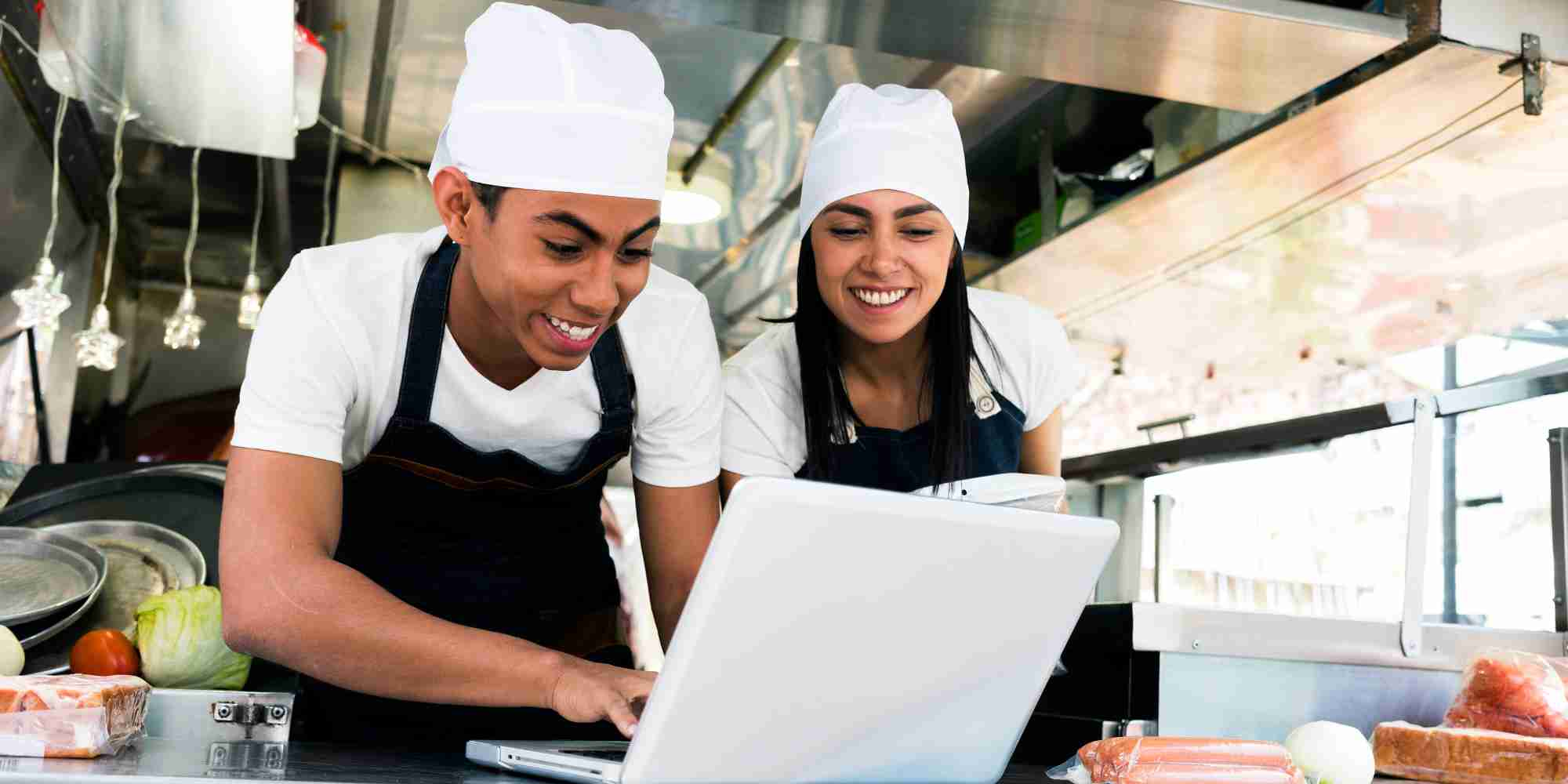In today’s dynamic restaurant landscape, technology is not just a support system but a game-changer that can redefine success. For restaurant owners, embracing the right technology isn’t just about staying competitive; it’s about thriving in an ever-evolving industry. From streamlining operations to enhancing customer experiences, the impact of restaurant technology is profound and multifaceted. In this blog, we delve into seven transformative ways restaurant technology is reshaping the industry, uncovering opportunities for growth, efficiency, and innovation.
Following are the ways in which Restaurant Technology is Transforming the Restaurant Industry
- Efficient Ordering Systems: Modern restaurant technology has revolutionized the way orders are placed and processed. From digital menus and mobile ordering apps to self-service kiosks, restaurants now have efficient systems that streamline the ordering process, reduce wait times, and improve order accuracy. These technologies not only enhance the customer experience but also boost operational efficiency by minimizing errors and freeing up staff to focus on other crucial tasks.
- Data-Driven Decision Making: Restaurant technology enables data collection and analysis on a scale never seen before. Through point-of-sale (POS) systems, customer relationship management (CRM) software, and analytics tools, restaurant owners can gather valuable insights into customer preferences, sales trends, and operational performance. This data-driven approach empowers informed decision-making, allowing restaurants to optimize their menus, pricing strategies, and marketing campaigns for maximum profitability.
Must Read: Top Nine Factors to Consider When Investing In A Restaurant
- Streamlined Operations: Automation and integration are key drivers of efficiency in modern restaurants. Technologies such as inventory management systems, kitchen display systems (KDS), and employee scheduling software automate repetitive tasks, streamline communication between front-of-house and back-of-house operations, and optimize resource allocation. By reducing manual errors and improving workflow efficiency, restaurants can deliver consistent quality while minimizing waste and costs.
- Enhanced Customer Experience: From personalized loyalty programs and online reservations to digital feedback platforms, restaurant technology plays a pivotal role in enhancing the overall customer experience. By leveraging data insights and automation, restaurants can offer tailored promotions, seamless dining experiences, and proactive customer support. These technologies not only attract and retain customers but also foster loyalty and advocacy, driving long-term success.
- Contactless Payments: The shift towards contactless payments has accelerated in recent years, driven by consumer preferences for convenience and safety. Restaurant technology facilitates secure and efficient payment options such as mobile wallets, QR code payments, and NFC-enabled terminals. These contactless payment solutions not only streamline transactions but also minimize physical contact, enhancing safety protocols and meeting evolving customer expectations.
- Integrated Delivery Solutions: With the rise of food delivery services, restaurants are increasingly integrating delivery solutions into their operations. Technology platforms that seamlessly integrate with third-party delivery aggregators enable restaurants to expand their reach, fulfill orders efficiently, and manage delivery logistics effectively. By tapping into the growing demand for off-premise dining, restaurants can unlock new revenue streams and adapt to changing consumer behaviors.
Must Read: How can Restaurants Benefit from Customer surveys?
- Sustainability Initiatives: Restaurant technology is driving sustainability initiatives across the industry. From digital menu boards and paperless transactions to energy-efficient kitchen equipment and waste management solutions, technology enables restaurants to reduce their environmental footprint and operate more sustainably. These initiatives not only appeal to eco-conscious consumers but also contribute to cost savings and long-term business resilience.
In conclusion, the transformative impact of restaurant technology extends far beyond operational efficiency; it shapes the very fabric of the industry, driving innovation, growth, and sustainability. By embracing and harnessing the power of technology, restaurant owners can navigate challenges, seize opportunities, and thrive in an increasingly digital and competitive landscape.










Leave a Reply